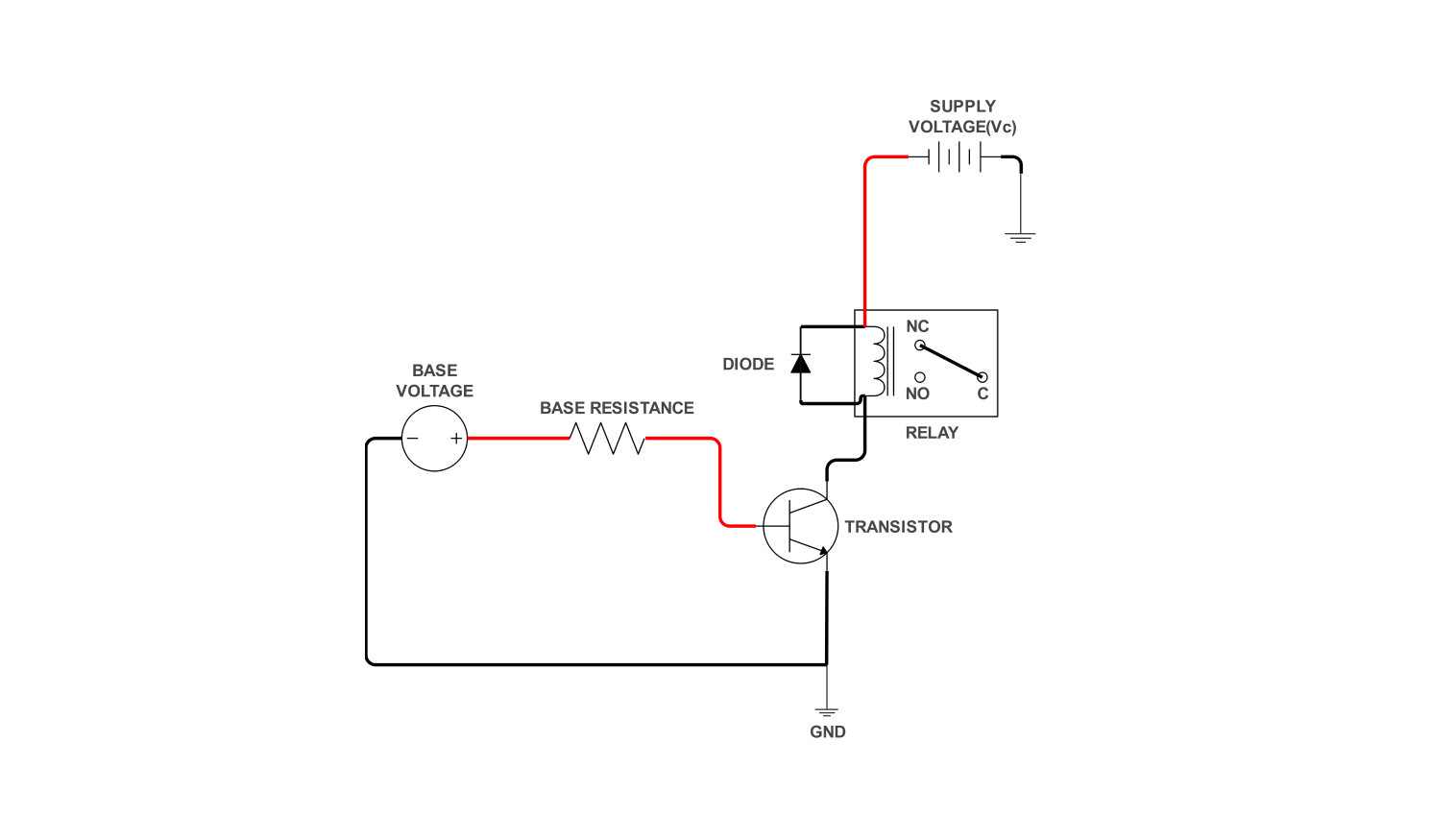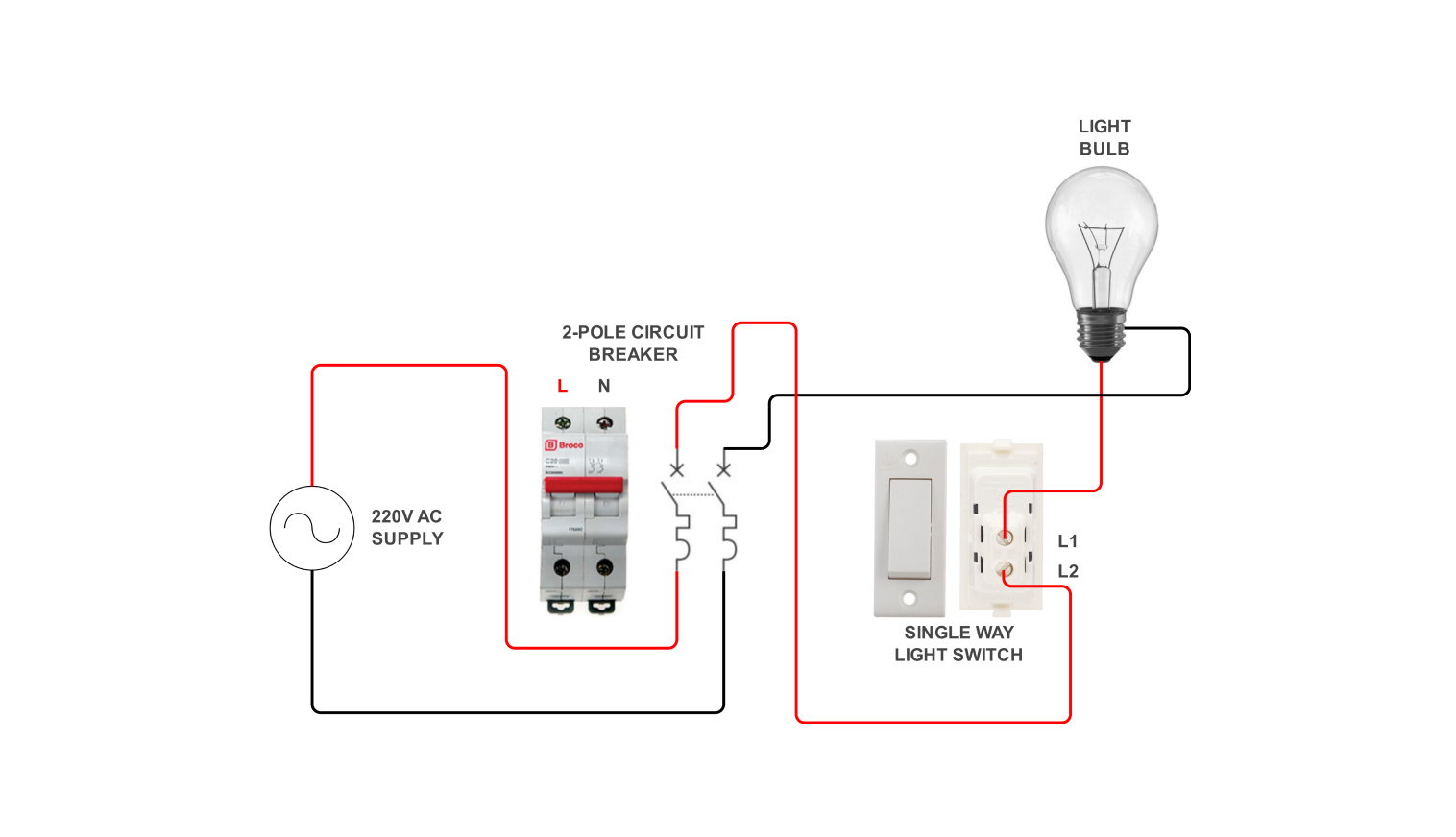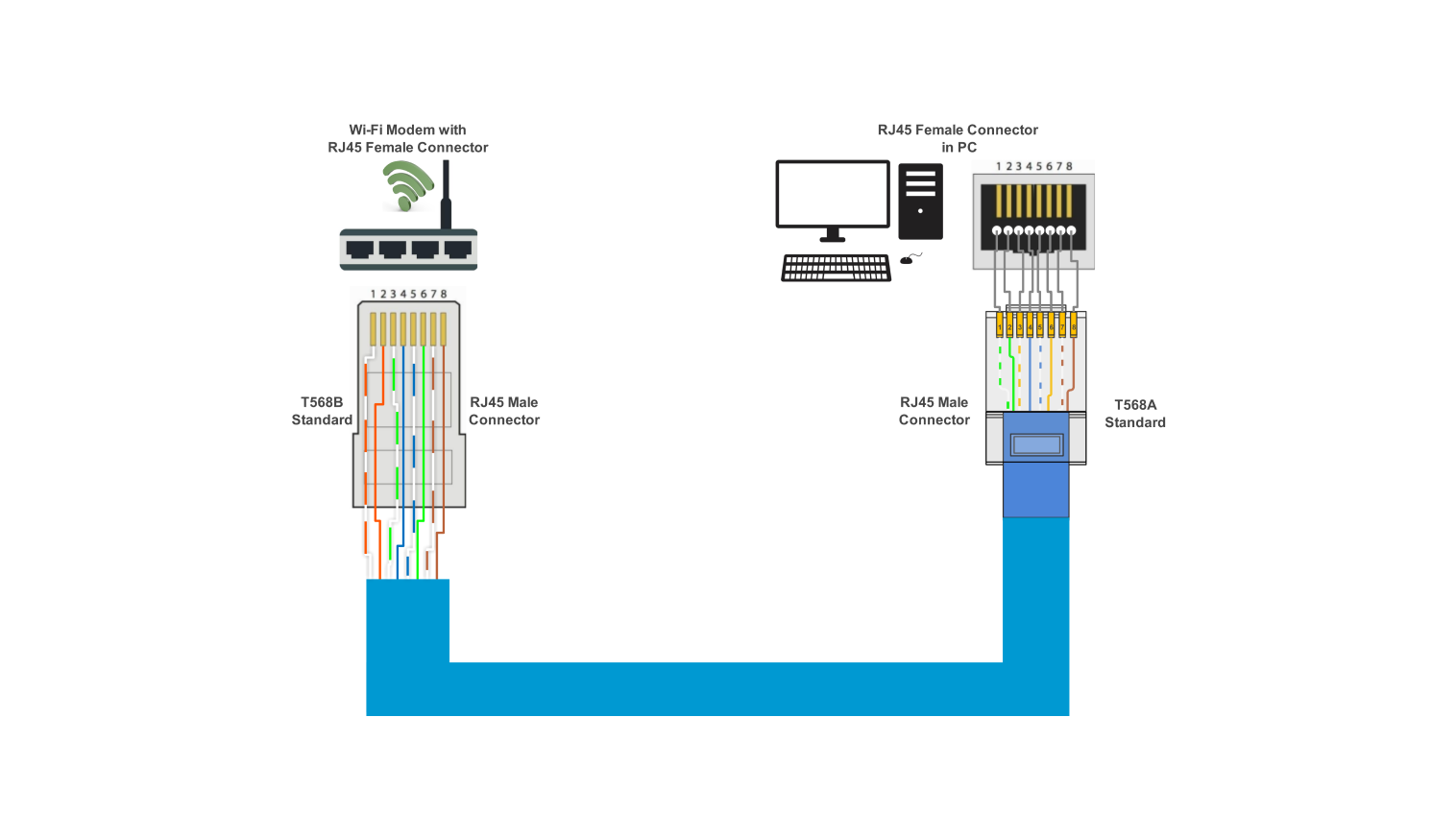- All templates
- Wiring diagram templates
- Self-excited alternator wiring diagram
Mastering self-excited alternator wiring diagrams
To study self-excited alternator wiring diagrams, you must know how they optimize power. Self-excited alternators can supply power to themselves. They are also known as self-regulating or shunt wound alternators. These alternators can excite themselves.
They do this by using a magnetic field that remains in the rotor to produce a small amount of current in the stator coils. This current allows the alternator to generate power. Thus, self-excited alternators are made to provide constant and separate electrical power.
The wiring diagram of self-excited alternators in electrical systems shows the right way to install and manage them. Such an alternator wiring diagram shows the electrical connections and parts of the self-excited alternator circuit. It has the stator coils, the rotor, the voltage regulator, and the output terminals.
They can see the alternator's structure by referring to the wiring diagram. This wiring diagram template visualizes the connections of the field windings. It also shows the voltage regulator circuit and the protective devices like a fuse or circuit breaker. These are key parts of self-excited alternator wiring diagrams.
How to navigate a self-excited alternator wiring diagram?
When you’re on the Self-excited alternator wiring diagram template page, you will see the option of Use This Template. Click on it to open the diagram.
When you have opened the alternator wiring diagram, you should be able to identify the symbols and labels used to represent the alternator, voltage regulator, battery, and wiring connections. This will assist you in explaining the direction of the electrical current along the system about voltage regulation and charging of the battery.
To start drawing the wiring diagram of an alternator, one can use the components shown on the symbol library on the left side of the screen. Connect the objects on the canvas to create the diagram, modify the symbols, highlight them in the relevant colors, or change the width of the lines and borders.
Once you've completed your alternator wiring diagram and are satisfied with the result, save it in your preferred format. Navigate to the File menu, click Export, and choose from formats such as JPG, SVG, PPTX, or PDF to save your design.
Why use the template?
When it comes to using self-excited alternators, nothing quite gives you the info you need to make them work well like a good wiring diagram. They show users the electrical connections. They also show the components in the self-excited alternator circuit.
One primary use of a self-excited alternator wiring diagram is in mobile power units. Vehicles and RVs often rely on alternators. They provide a reliable source of power on the go. You can confidently design, install, and maintain the electrical system in these mobile units.
Here are some benefits of using a self-exciting alternator wiring diagram:
- People interested in cars can decide to rewire the self-excitement of an alternator based on wiring diagrams. This guarantees the correct incorporation of the new alternators.
- The diagrams help mechanics. They use them to diagnose bad alternator circuits in cars. They also use them to fix the circuits easily.
- Custom vehicle builders use alternator wiring diagrams. They use them to build and install complex electrical systems to increase power-carrying capability.
By adding these wiring diagrams to your electrical design process, you can make your work smoother. You can troubleshoot better and ensure a successful and efficient electrical system.
FAQs about self-excited alternator wiring diagrams
-
How to self-excite a car alternator?
To self-excite a car alternator, follow these steps:
- Direct Connection: Switch on the engine and also join the battery terminal (B+) of the alternator with the positive battery terminal using the jumper wire.
- Rev the Engine: To start the generation of voltages, increase the crank rpm to roughly between 1500 to 2000 rpm.
- Monitor Output: Establish whether it charges the battery. If this is done, the alternator is self-exciting and should be able to run on its own without the need for an extra boost.
In this process, residual magnetism in the rotors of the alternators is used to begin the voltage production step.
-
What voltage is a car alternator exciter?
The exciter voltage of a car alternator is normally 12 to 24 volts DC. This voltage is used to supply the alternator's field windings in the early stages to create a magnetic field that is compulsory for the production of electricity.
-
What is the operation of a self-excited alternator charging system?
The process of self-excited charging of the alternator is initiated when the engine is ON and activates the alternator. At the start, there is residual magnetism in the rotor of the alternator and this produces residual magnetism which in turn induces an initial voltage into the stator windings.
The initial induced voltage in the stator windings of the alternator is amplified by internal components. The voltage regulator then adjusts the current to the rotor's field winding to maintain stable output voltage.
Related templates
Get started with EdrawMax today
Create 210 types of diagrams online for free.
Draw a diagram free Draw a diagram free Draw a diagram free Draw a diagram free Draw a diagram free









